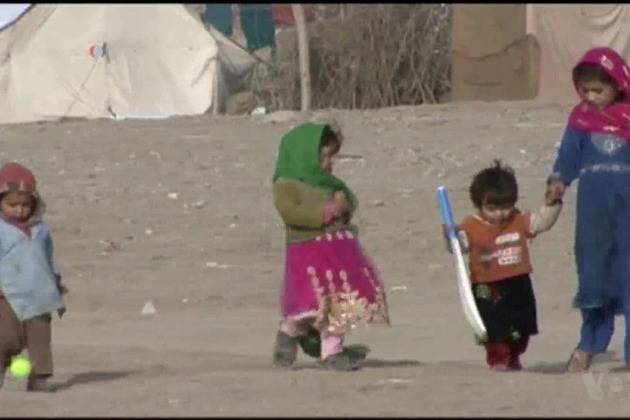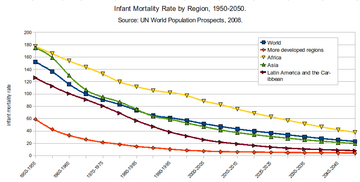Preacher
Gold Member
New Study: More Vaccines Increase Infant Mortality Rates | The Healthy Home Economist
No shit sherlock! Anyone bright enough to think for themselves can do research and see that there is also an increase in Autism as the amount of vaccines increased as well.
No shit sherlock! Anyone bright enough to think for themselves can do research and see that there is also an increase in Autism as the amount of vaccines increased as well.







